Tesla’s Vision for Full Self-Driving and Upcoming Models: A Glimpse into 2025 and Beyond
Tesla’s Vision for Full Self-Driving and Upcoming Models: A Glimpse into 2025 and Beyond
Introduction
Elon Musk has set an ambitious goal for Tesla: to deploy hundreds of thousands, potentially over a million, fully autonomous Teslas on U.S. roads by the end of 2026. This vision encompasses not only the enhancement of Tesla’s Full Self-Driving (FSD) capabilities but also the introduction of new vehicle models designed to revolutionize urban transportation.
Full Self-Driving (FSD) Capabilities: Advancements and Roadmap
FSD v12.5.2: A Leap Forward
Released in September 2024, FSD v12.5.2 marked a significant milestone in Tesla’s autonomous driving technology. This update achieved a threefold improvement in the distance traveled without human intervention, enhancing both safety and user experience.
Upcoming Features in FSD v13
Anticipated for release in October 2024, FSD v13 is set to introduce several new features:
-
Unpark, Park, and Reverse in FSD: Enhancing parking and maneuvering precision without driver input.
-
Approximately 6x Improvement in Miles Between Interventions: Reducing the frequency of driver interventions needed, setting a new benchmark for autonomy in consumer vehicles.
Global Expansion Plans
Tesla aims to introduce FSD technology in Europe and China in the first quarter of 2025, pending regulatory approval. This expansion will test FSD’s adaptability across diverse driving environments and regulatory landscapes.
Upcoming Tesla Models: Innovation on the Horizon
Tesla Cybercab (Robotaxi)
Unveiled in October 2024, the Tesla Cybercab is a fully autonomous two-passenger electric vehicle designed for urban ride-hailing services. The prototype features no steering wheel or pedals, emphasizing its autonomous nature. Production is planned to commence before 2027.
Tesla Robovan
Also introduced in October 2024, the Tesla Robovan is an electric autonomous van capable of carrying up to 20 passengers. Designed for both passenger and cargo transport, it aims to revolutionize urban mobility. The Robovan is intended to operate on the Tesla Network, Tesla’s ride-hailing service for self-driving vehicles.
Tesla Roadster (Second Generation)
The upcoming second-generation Tesla Roadster is a high-performance electric sports car boasting a 200 kWh battery and an estimated range of 1,000 km. With a tri-motor all-wheel-drive setup, it aims to accelerate from 0 to 60 mph in just 1.9 seconds, making it one of the fastest production cars. Production is expected to begin in 2025.
Strategic Focus: AI and Robotics
Elon Musk has emphasized the importance of artificial intelligence and robotics in Tesla’s future. The company plans to exponentially speed up the production of its Optimus humanoid robots, aiming to create thousands in 2025. These robots are expected to assist in a broad range of tasks, from playing the piano to threading a needle, and may eventually become a primary revenue source for Tesla.
Conclusion
Tesla’s roadmap for 2025 and beyond showcases a bold vision for the future of transportation. With advancements in Full Self-Driving technology, the introduction of innovative vehicle models like the Cybercab and Robovan, and a strategic focus on AI and robotics, Tesla aims to redefine urban mobility and solidify its position at the forefront of the electric vehicle industry.
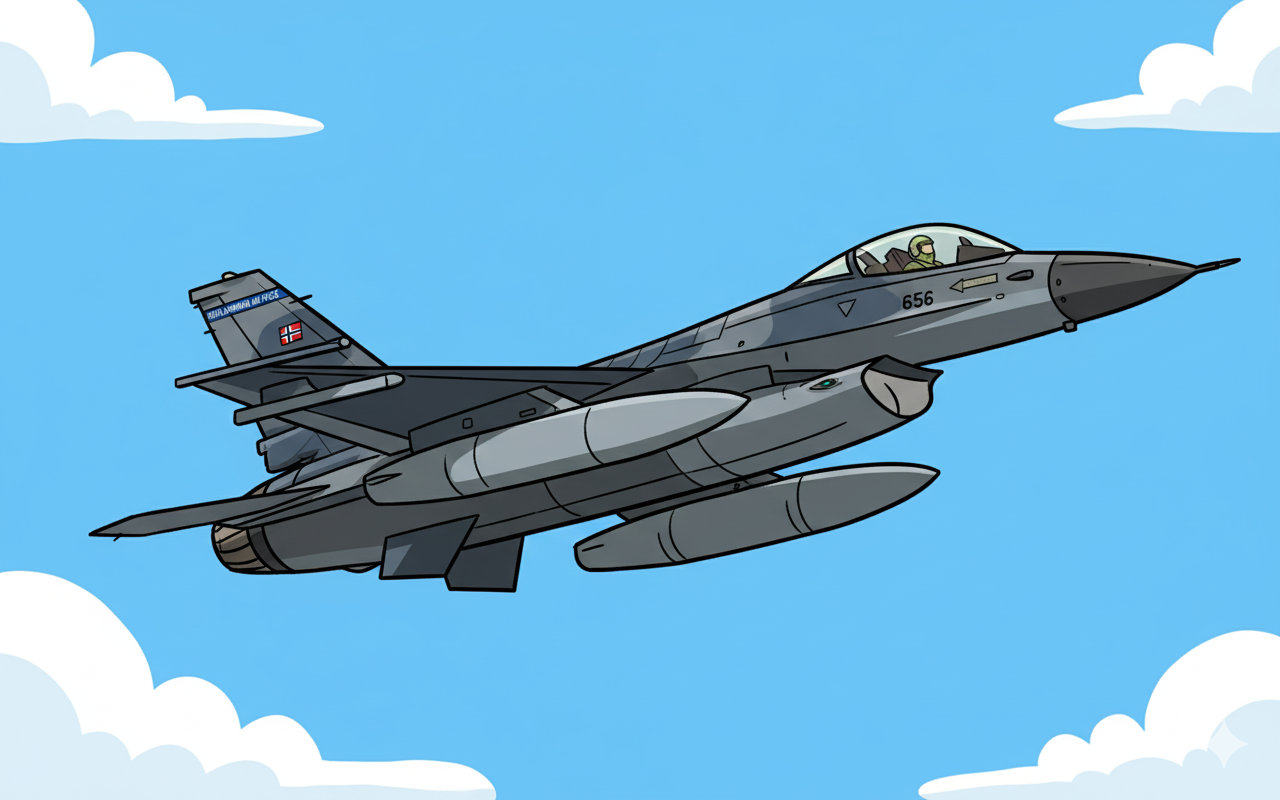
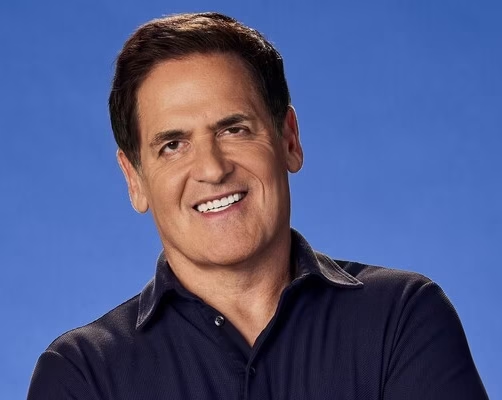
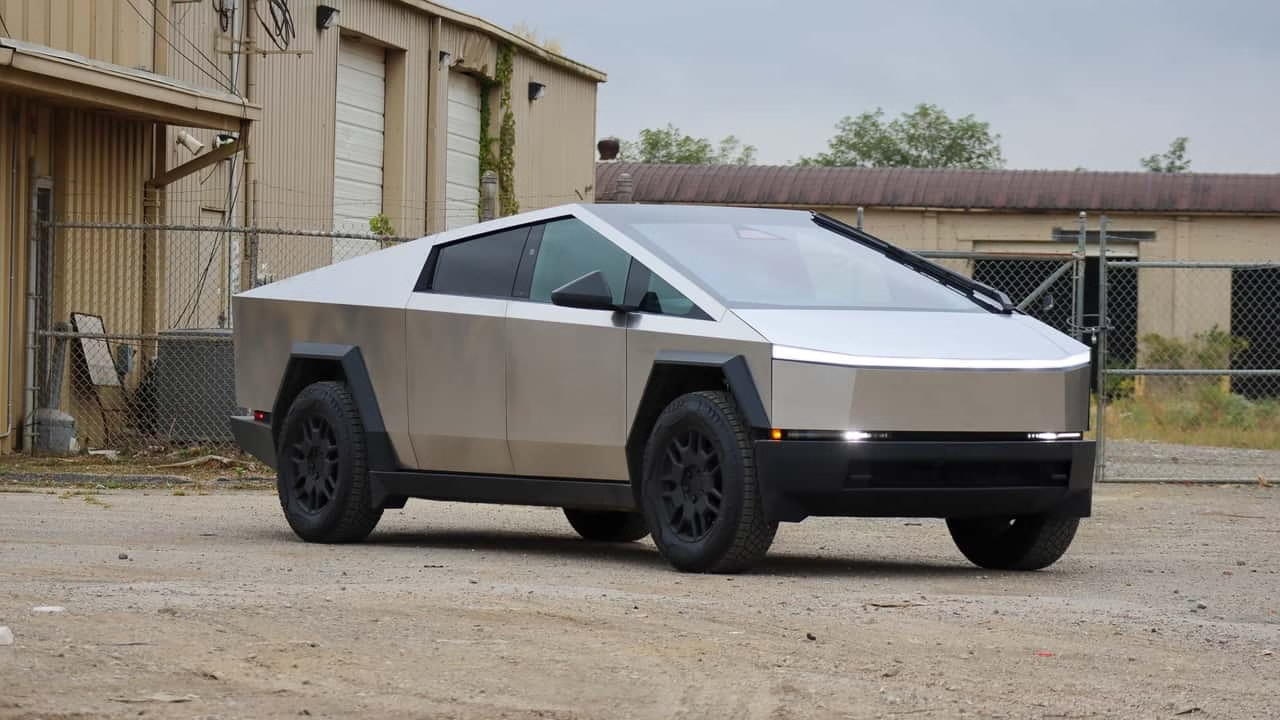
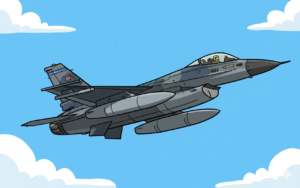
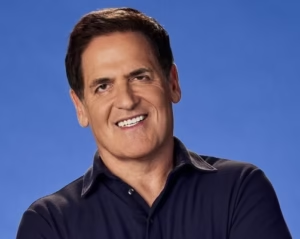
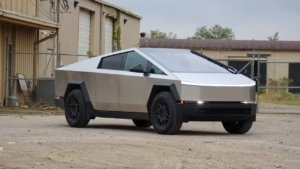
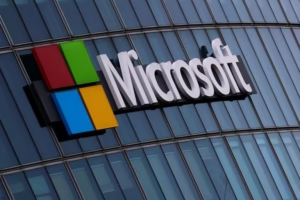


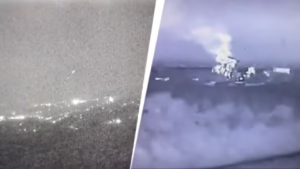
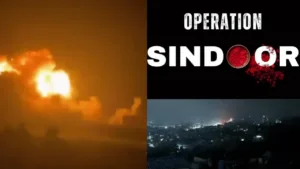
Post Comment